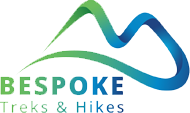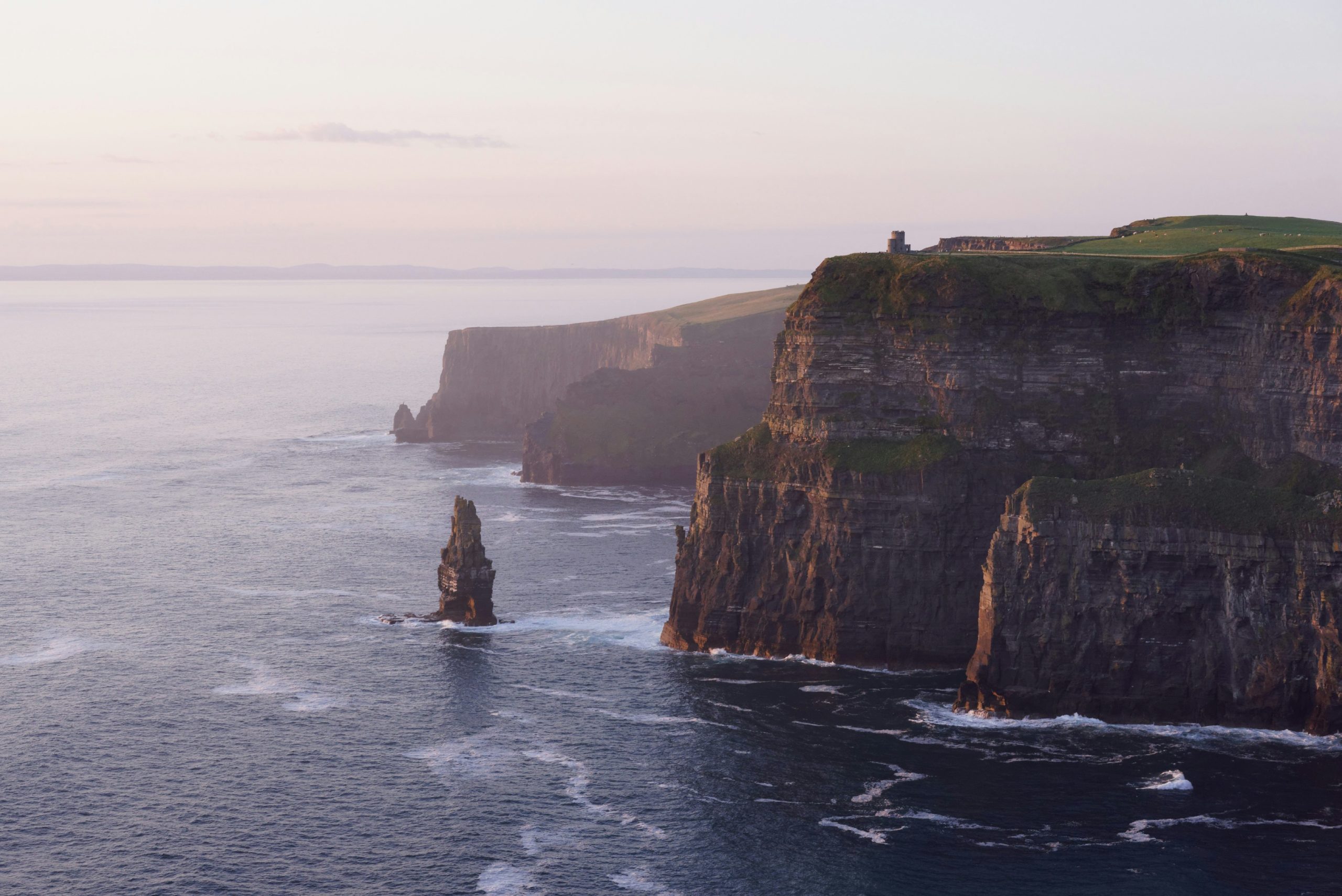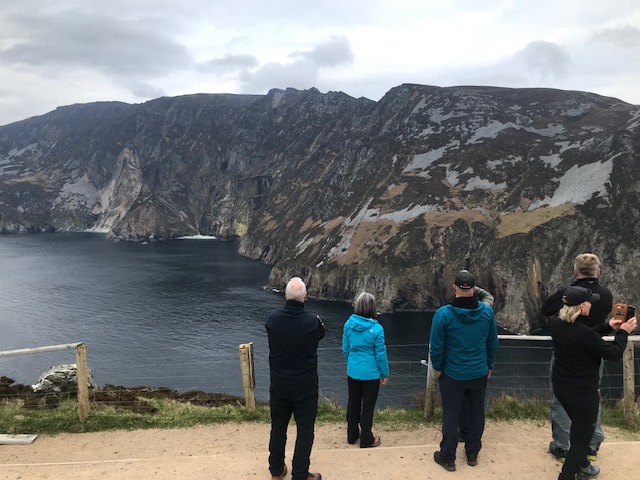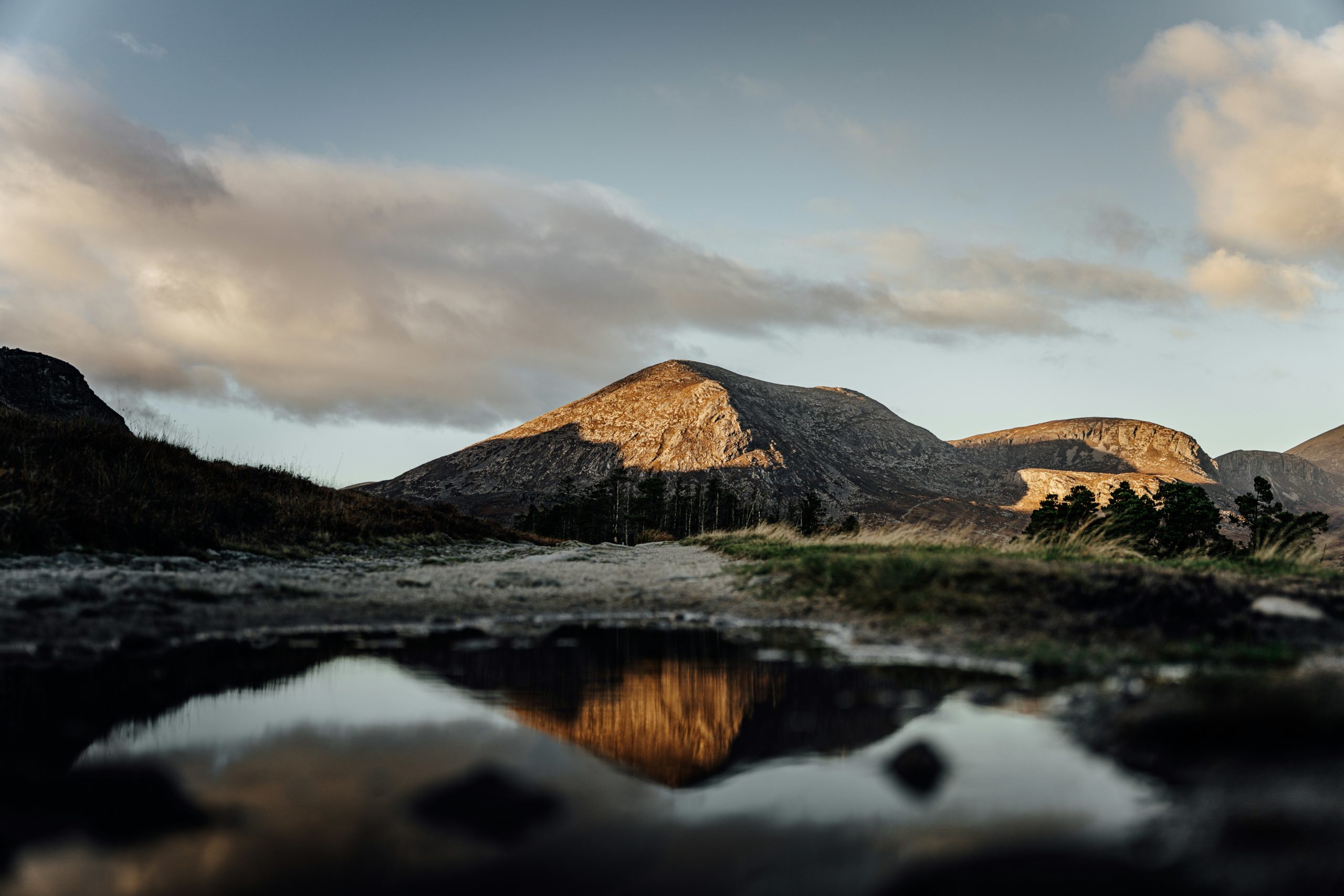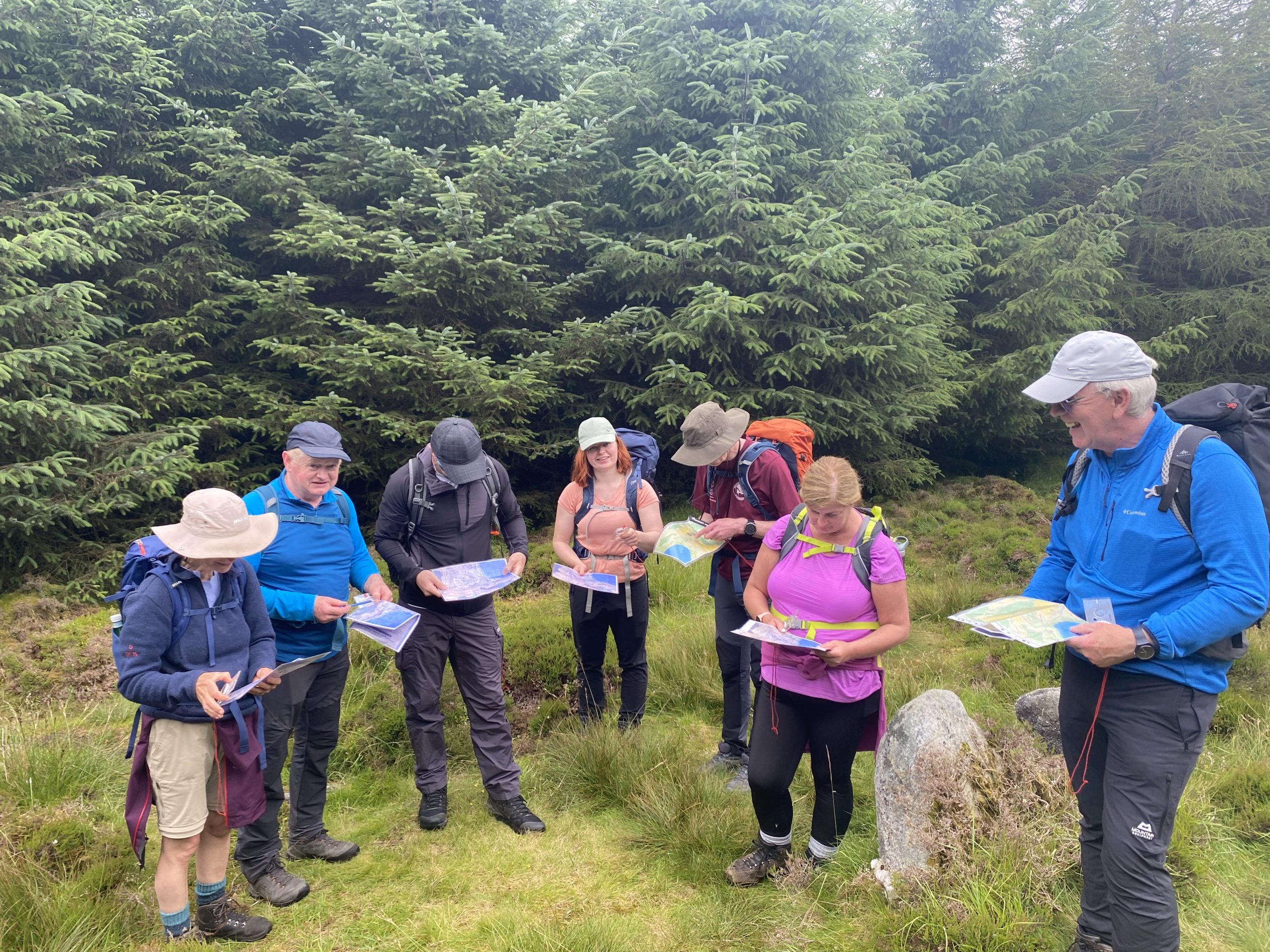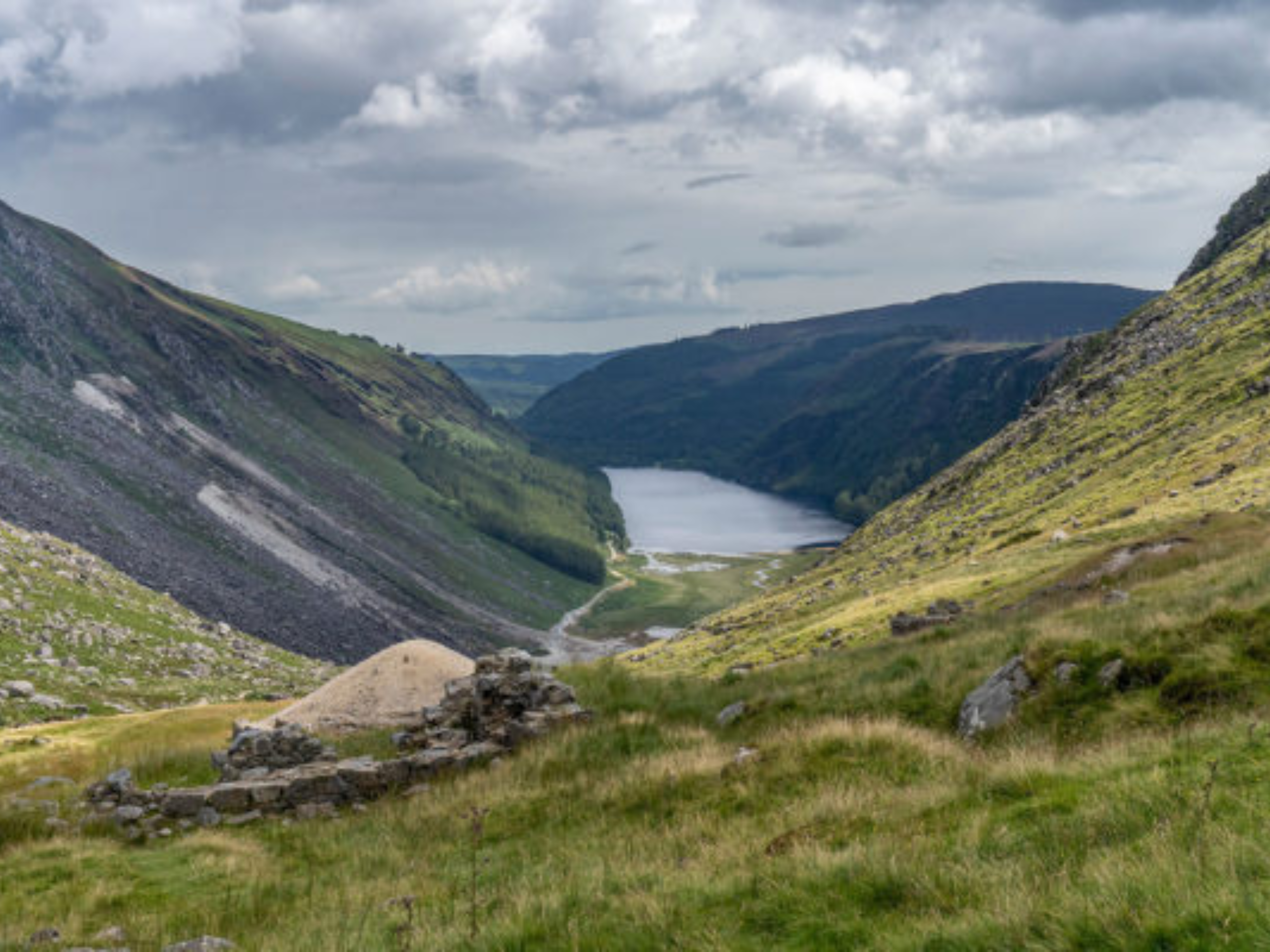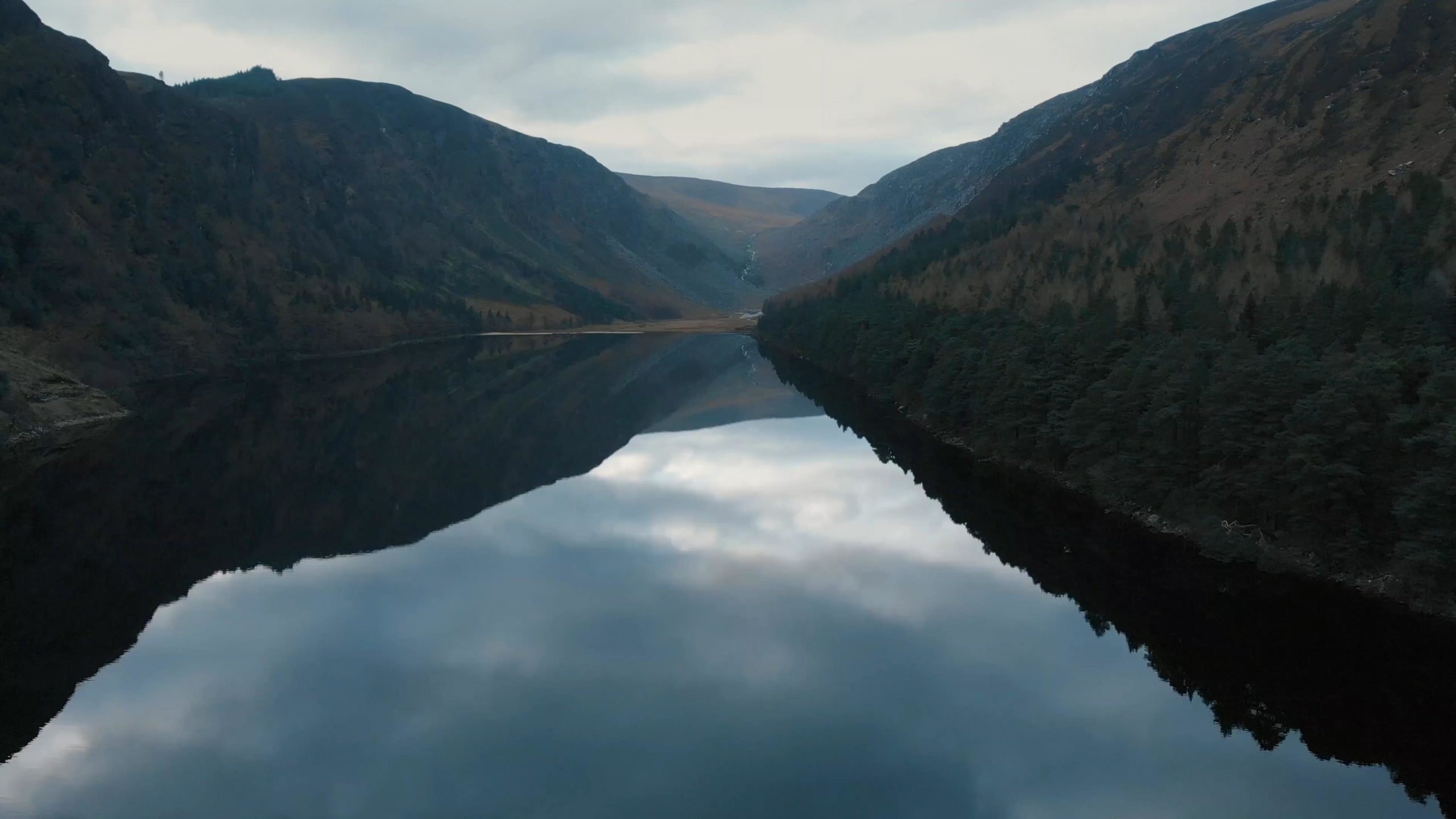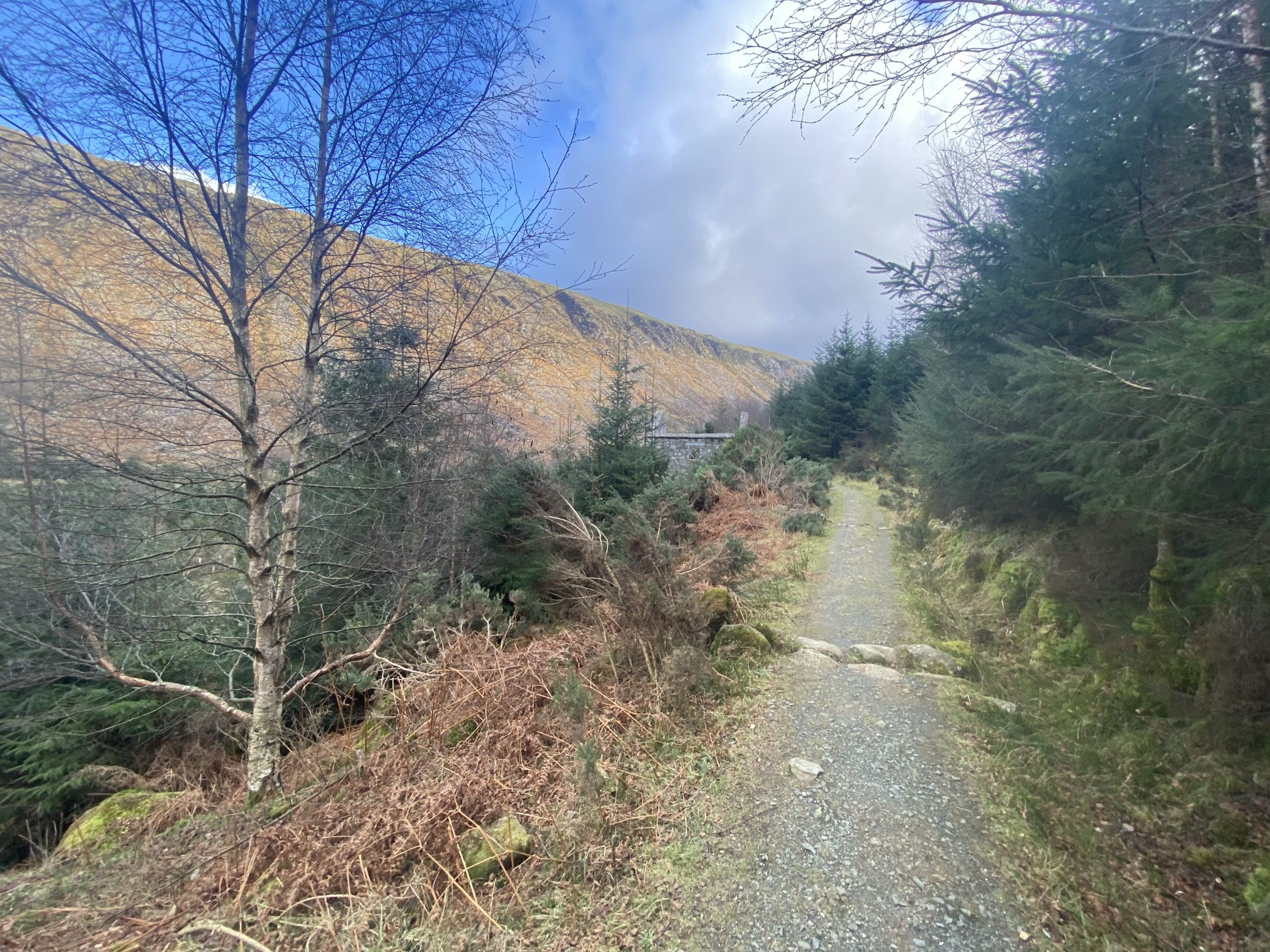How Does Group Navigation Teach Practical Leadership Lessons on the Trails?
Navigation in the outdoors is more than map reading. When done as a group activity, it becomes a powerful way to practise leadership, teamwork, and decision-making. This blog explains how Irish landscapes such as Glendalough, Wicklow, and the Dublin Mountains provide the ideal environment for group navigation, offering leadership lessons that transfer directly into professional and personal life.
Leadership is often tested under pressure, and there are few better places to experience real-world decision-making than the trails of Ireland. Group navigation challenges participants to interpret maps, use compasses, and make choices about direction and pace while considering the wellbeing of the team. In these moments, leadership becomes practical rather than theoretical.
The varied terrain of Wicklow, combined with unpredictable weather, means groups must adapt constantly. According to Sport Ireland, outdoor activities encourage resilience, confidence, and cooperation, all essential elements of leadership. For businesses, schools, or community groups, group navigation exercises provide a safe but challenging platform for growth.
Core Benefits
Group navigation offers several leadership development benefits:
- Decision-making under pressure: Leaders must interpret maps and conditions quickly, then communicate their decisions clearly to the group.
- Team management: Leaders need to consider pace, rest breaks, and morale, recognising that the group moves at the speed of its slowest member.
- Problem-solving: Unexpected obstacles, such as blocked paths or sudden fog, require immediate responses and group consensus.
- Trust building: Teams learn to rely on leaders for guidance, while leaders depend on input from the group to validate decisions.
- Resilience: Outdoor environments test patience and adaptability, mirroring the challenges faced in workplaces or organisations.
Location Detail
Ireland’s outdoor landscapes are ideal for group navigation training:
Glendalough
The valley offers a blend of wooded trails, lakeside paths, and open mountain terrain. Leaders face the challenge of guiding teams through routes that vary in difficulty, making it a natural classroom for leadership practice.
Dublin Mountains
Easily accessible from the city, the Dublin Mountains provide terrain suitable for shorter navigation sessions. Trails like Ticknock are often used for corporate or educational group exercises.
Wicklow Mountains National Park
Covering over 20,000 hectares, this area provides everything from gentle hills to challenging ridges. The variety ensures leaders must adapt their approach, depending on the group’s ability and the day’s conditions (NPWS).
Coillte, Ireland’s forestry body, notes that access to managed forests supports outdoor recreation and skill-building, including navigation (Coillte). These managed spaces ensure safety while still offering enough challenge to foster leadership.
Quick Facts
- Navigation training in Ireland commonly uses Ordnance Survey Ireland maps at 1:50,000 scale (OSI).
- Sport Ireland recognises outdoor challenges as valuable tools for confidence and leadership development (Sport Ireland).
- Wicklow Mountains National Park covers 20,000 hectares, offering diverse terrain for group navigation (NPWS).
- Coillte manages 440,000 hectares of forests, many open for recreation and training (Coillte).
FAQ
Why is group navigation valuable for leadership development?
It places leaders in real-world decision-making scenarios where communication, trust, and adaptability are essential.
Do you need prior navigation experience to take part?
No. Activities can be tailored to all levels, from beginners learning map basics to experienced walkers refining advanced skills.
What leadership qualities are most tested in navigation?
Decision-making, communication, and the ability to manage group morale are the most prominent qualities developed during group navigation.
Can these skills transfer to the workplace?
Yes. The same skills used to lead a group outdoors—such as clear communication, problem-solving, and resilience—apply directly to professional settings.
Where is the best place in Ireland to practise group navigation?
Glendalough and the Wicklow Mountains provide varied terrain and safe conditions, making them ideal for group navigation training.
Conclusion & Call to Action
Group navigation transforms hiking into a powerful tool for leadership development. By facing challenges together on the trails of Wicklow, Dublin, and Glendalough, teams learn to communicate better, build trust, and strengthen decision-making. These practical lessons stay with participants long after the walk ends.
To explore tailored group navigation and leadership experiences, visit Bespoke Treks and Hikes.
Author Box
Written by Bespoke Treks and Hikes, specialists in outdoor leadership and navigation training across Ireland. We guide groups in developing practical skills while experiencing the country’s most inspiring landscapes.
